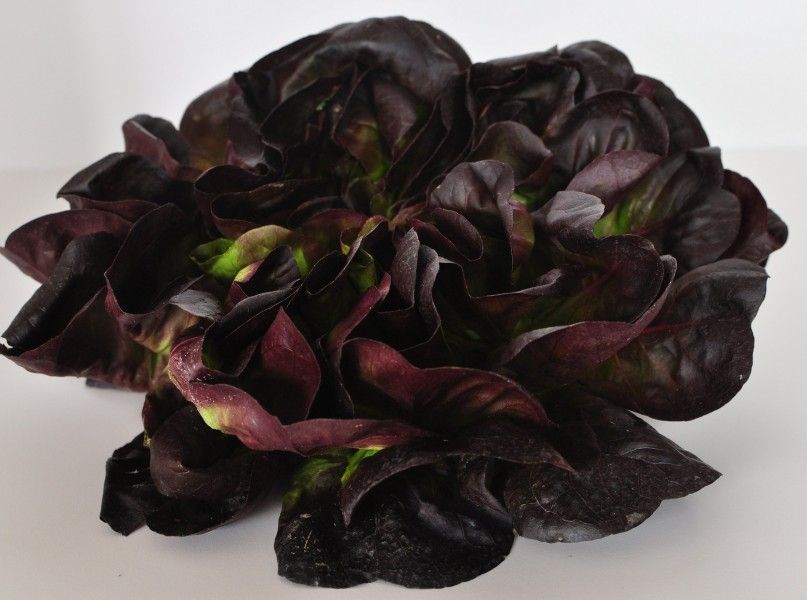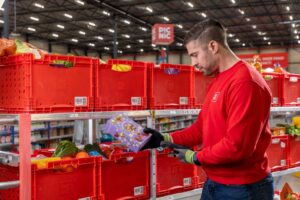It may be that Fujitsu, the world’s third largest IT company, set the stage for techies breaking into veggies. But now, they’re not the only ones.
Panasonic–yep, the same tech company that made your TV and stereo–announced it is now commercially growing vegetables in Singapore’s first licensed indoor farm, producing about 3.6 tons of produce annually. The company has signed with the Japanese restaurant, Ootoya, to sell mini red radish, red leafy lettuce, and mizuna, or potherb mustard.
According to the Agri-food & Veterinary Authority of Singapore, just 8 percent of the leafy greens Singaporeans eat is grown locally. The top providers of Singapore’s veggies are Malaysia, China and Australia, and Panasonic aims to increase the percentage of veggies grown locally by 5 percent by the fiscal year of 2016. (As of now, they provide Singapore with 0.015 percent of locally-grown produce.)
“Combining Panasonic’s technological and manufacturing expertise, these premium Japanese crops are grown in optimum conditions, where temperature, humidity and CO(2) levels are monitored and controlled, ensuring stable, high-quality production throughout the year,” said Hideki Baba, Managing Director of Panasonic Factory Solutions Asia Pacific. “With over 90 percent of the food consumed in Singapore being imported, Panasonic hopes the indoor vegetable farm can contribute to the nation’s food self-sufficiency levels and at the same time provide a better life and a better world through improved food quality.”
The soil-based system used is pesticide free, uses LED lighting, and provides about 3.6 tons of produce annually. The 248 square-meter indoor farm is used to grow 10 different types of vegetables–green and red leafy lettuce, mizuna (potherb mustard), mini red and white radish, rocket lettuce, basil, ooba (mint herb), mitsuba (wild parsley) and baby spinach.
That’s a lot, but Panasonic isn’t stopping there. They’re aiming to grow 30 crop varieties by the fiscal year of 2016, and plant to incorporate vertical growing methods and shorten time-to-harvest from 35 to 28 days to make it happen.
If you want to have a closer look, check out Panasonic’s video below. Looks like the future of food may lay in unexpected places.
If you have any news, insights to share, would like to pitch guest posts, commentaries or white papers, drop us a line at [email protected].
FEATURED PHOTO: Frédérique Voisin-Demery/Flickr




